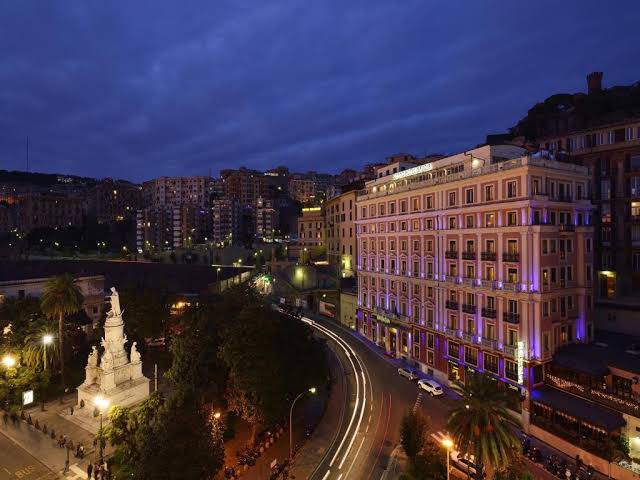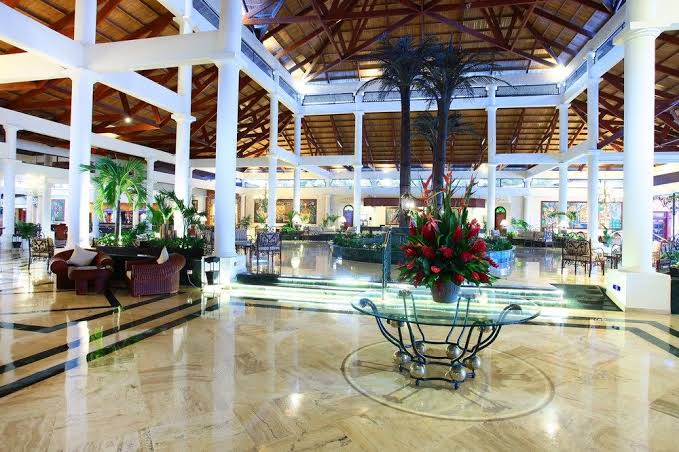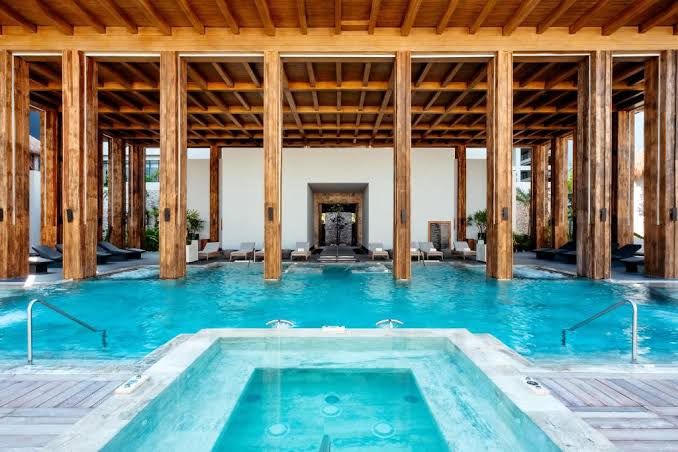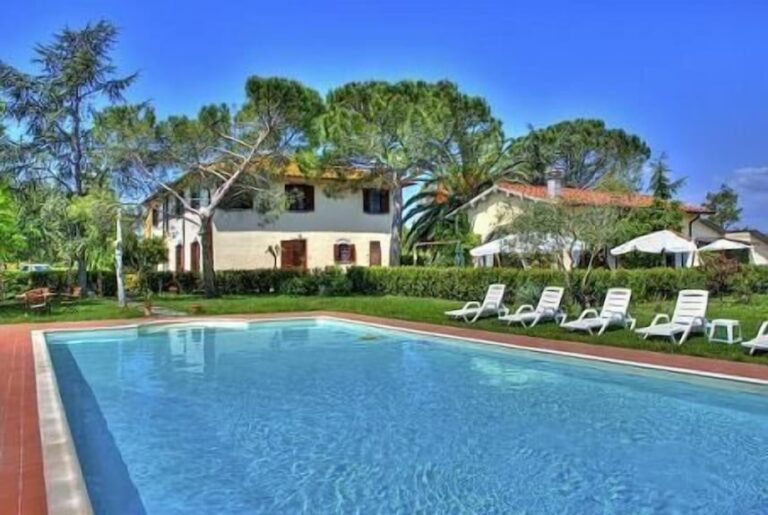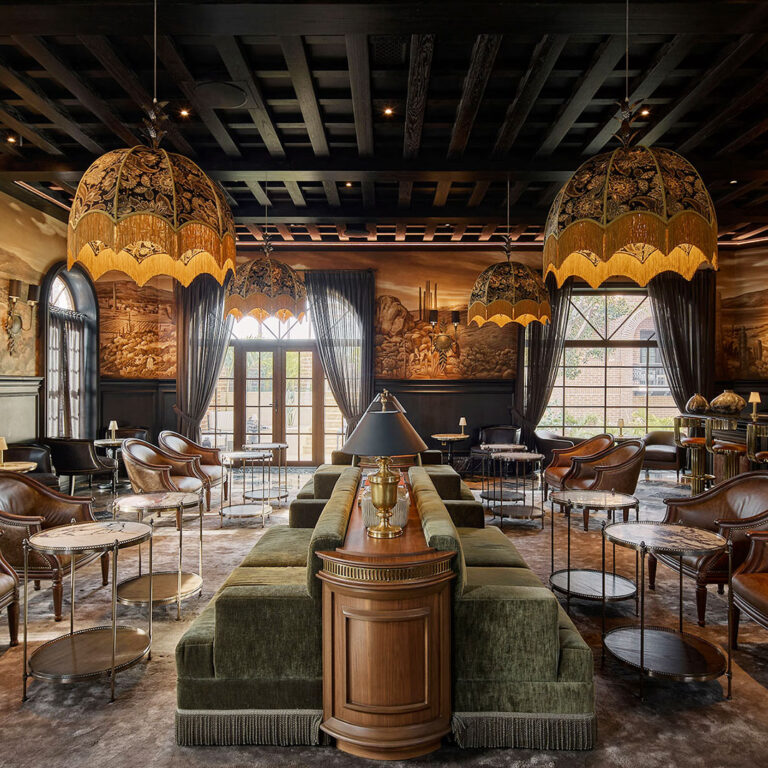Grand Hotel Savoia: A Timeless Crown in the Heart of Europe
Grand Hotel Savoia: A Timeless Crown in the Heart of Europe
Nestled atop a gentle hill overlooking the sparkling River Alta in the fictional city of Casciana, the Grand Hotel Savoia stands as a testament to elegance, resilience, and romance. Built at the turn of the 20th century, this palatial establishment has witnessed empires fall and love stories bloom. More than just bricks and mortar, it pulses with a life force shaped by its guests, staff, and the stories that echo through its corridors.
I. Foundations of Grandeur (1902–1920)
In the waning days of 1902, Countess Valeria Savoia—the last in her noble line—commissioned her dream palace. Her vision: a hotel of opulence to rival the grandest of Europe, where diplomats and artists, royalty and industrialists could mingle under vaulted ceilings and crystal chandeliers. Architect Lorenzo Bertolini was tasked with reinterpreting Belle Époque elegance through Casciana’s burgeoning cultural tapestry.
The grand opening in May 1904 was a spectacle. Guests arrived via ornate carriages, greeted by ensembles of musicians tucked into marble alcoves. A gala dinner featured local delicacies—truffles from the nearby Valverde woods, honey-glazed pheasant, and Casciana’s signature saffron soufflé. Champagne flowed, and the Countess, draped in silks, announced the hotel’s guiding philosophy: hospitality imbued with grace and unwavering excellence.
During this early era, the Savoia became Casciana’s social nucleus. Its weekly salons hosted fervid debates on art and politics. Journalists, royalty, bohemians—all found a stage in the opulent salons. But the outbreak of the Great War in 1914 shifted the narrative. The Countess converted salons into hospital wards. Patients—soldiers and civilians—were cared for within its sumptuous walls. In 1918, with peace restored, the Countess received the newly minted Order of Casciana for her humanitarian leadership.
II. Twilight of Tradition (1920–1945)
The Roaring Twenties ushered in decadence. The Savoia’s Belle Époque style mingled with Art Deco flourishes—sleek furnishings, mirrored panels, bold geometric patterns. Champagne parties, secretive card games, smoky jazz-lounge nights—it was a world apart. Celebrities of the era—silent film stars, daring aviators, star-crossed lovers—crossed paths here.
Yet the shadows behind this golden age grew long. The Countess, aging and keenly aware of shifting tides, sold much of the estate’s art. In return, the hotel’s board imposed modern accounting practices. The Great Depression caused bookings to tumble. In 1932, a compromise: half the hotel was turned into affordable housing to stay afloat.
World War II fractured everything further. Occupying forces commandeered the top three floors. Staff operated in theaters of fear and bravery. One infamous night in 1943: a pair of artists, Elsa Ferrara (Italian resistance) and Hans Müller (German soldier disillusioned with the regime), met on the terrace. They shared cigarettes and hushed confessions. That night, they planned—quietly—to shelter Jewish families in an unused service wing. Their daring efforts saved dozens. Postwar, Cascade journalists called it “the night love defied tyranny.”
III. Modern Renaissance (1946–1980)
The 1950s were reconstruction and rebirth. The Savoia reopened fully in 1948, revealing a hybrid of restored Belle Époque elegance and contemporary comforts: private baths, central heating, then soon, color television sets. Director Sofia Bianchi, hired in 1950, led the transformation. Her philosophy: “preserve the poetry of the past, without relegating guests to suffering for it.”
She championed an annual “Casciana Arts Festival” beginning in 1953. Its centerpiece: a week of chamber music, poetry readings, sculpture unveilings—often at the hotel. Guests from across Europe attended. The festival became so renowned that composers and artists repositioned premieres and exhibitions to coincide with it. One highlight: Dmitri Fedorov’s string quartet debut (1959), where a single tear rolled down the maestro’s cheek at the final movement.
Architecture also evolved. In 1964, architect Alessandro Russo designed the glass-walled east wing: clean lines, balconies overlooking the river—striking in contrast to the original structure. His choice: honoring tradition while embracing hopeful modernity. Critics praised him; traditionalists snarled. But by the 1970s, the wing had become beloved for its sunshine-filled corridors and panoramic roof-terrace bar.
IV. 1980s–2000s: Glamour, Scandal, Renewal
The 1980s brought a new brand of opulence. The Savoia became a magnet for global jet-setters. Flashy fireworks opened the 1984 Olympic trials held in Casciana. The hotel’s penthouse hosted glamour-driven parties. Plastic molded dolphins decorated the pool—outlandish by any measure—but ideal for ritzy photo ops.
Yet drama brewed behind closed doors. In 1991, Lady Marissa Fairborne—a British billionaire’s wife—and director Jean-Luc Arno found a scandalous romance. That same year, a tabloid broke a front-page “splitsville” headline. Marissa allegedly planned to sell her entire European art collection to fund a private art foundation, and to do so from the Savoia roof. The hotel refused comment; only whispers circulated. The affair dissolved by 1993, but media legends persisted: secret midnight rendezvous, stolen postcards, overdose rumors. The Savoia’s corridors remained tight-lipped—walls remember, staff assure, but words weren’t their nature.
In the late 1990s, new management arrived: the Castellani Group. An ambitious refurbishment launched in 2000—restoring frescoes, upgrading plumbing, introducing an executive spa, and converting old service quarters into a Michelin-starred restaurant, “La Rosa Dorata.” Chef Alessandra Marchetti, the rising star behind it, fused Casciana heritage cooking with molecular precision. Her saffron risotto with gold-leaf foam became iconic. Within two years, her kitchen won the coveted second Michelin star.
V. Today: Legacy Meets Innovation (2000–2025)
Now, over 120 years since its birth, the Grand Hotel Savoia remains at once classic and forward-looking. Features include:
Heritage Suites – Room 408 still retains Countess Valeria’s original canopy bed and inlaid writing desk—now fully restored.
East-Wing Deluxe – Floor-to-ceiling windows overlook the river’s shimmering expanse; a perfect contrast to historic interiors.
La Rosa Dorata – Under Chef Soleil Zhang (succeeding Alessandra in 2018), cuisine is globally inspired while honoring Casciana flavors.
Spa & Wellness – Introduced in 2015, it includes a thermal circuit fed by local spring waters and rare Himalayan salt rooms.
Art & Music Hall – Opened in 2022, it hosts quarterly recitals, author talks, and avant-garde screenings, continuing the hotel’s cultural mission.
Director Giovanni Marchetti (no relation to the chef) leads operations with a blend of reverence and innovation. His vision: make Savoia “a living museum—not mummified, but breathing, adapting, and continually surprising.” He champions sustainability, installing geothermal heating, sourcing produce from nearby farms, and eliminating single-use plastics entirely by 2024.
VI. Behind the Scenes: Faces of Savoia
Grand hotels don’t run on grand facades alone—they rely on people:
Elena Rossi, Head Concierge since 1998, is said to know the preferences of every frequent guest. “Mr. Thompson likes his table near the window, with Brussels sprouts, no mushrooms,” she says with a wry grin.
Marco Silva, maître d’ of La Rosa Dorata, recalls the 1991 scandal like a former wound. “Scandal sells papers, but what it did for the hotel’s discretion was immeasurable,” he chuckles.
Aisha Adams, lead spa therapist, developed a signature “Alta Glow” treatment using indigenous river-clay wraps—a major guest favorite since 2019.
Chef Soleil Zhang, once Michelin-trained in Shanghai and Copenhagen, turned the seasonal Casciana lamb into a legendary entrée. She comments: “We respect old flavors, but we don’t replicate history. We rewrite it, one plate at a time.”
VII. Legendary Moments & Ongoing Mysteries
Every historic hotel has that one legend that never dies:
The phantom pianist. Legend holds that on stormy nights, guests hear a melancholic piano drifting from Room 207—Valeria’s Room—though no instrument is there. Staff say it’s real; skeptics blame rain pipes and acoustics.
The missing portrait. The Savoia’s grand salon once featured a 17th-century portrait of Countess Valeria’s grandmother. In 1932—around the time of economic hardship—it vanished. Rumor suggests it was lent to a collector. No record exists; it’s long gone, but the empty frame remains in the main hallway.
The severed telegram. One of the bull-spanning leather sofas houses a secret pocket. Inside, discover what is reputed to be the still-untouched telegram warning of a coup in 1940—a chilling historical artifact.
VIII. A Stay at Savoia Today: What to Expect
For the modern traveler, a stay here is an experience woven from layers of time.
Check-in & Arrival
You’re welcomed by Elena Rossi, impeccably attired in heritage black-and-cream—long coat, soft gloves. A flute of Casciana sparkling wine is offered upon arrival. Your luggage is swept away; you breathe in scents of lavender and cedar as you proceed to your room.
Rooms & Decor
Classic Room (18 m²): antique writing desk, chandelier, marble bathroom.
Heritage Suite (45 m²): separate living room, original artwork, four-poster bed.
East-Wing Deluxe (30–35 m²): sleek glass frontage, river views, modern elegance.
Furnishings mix restored antiques with contemporary comfort.
Dining
La Rosa Dorata offers a tasting menu—imagine saffron-cured cod, venison with quince gelée, and mille-feuille with wild berry purée. Breakfast (7–10 am) includes artisan breads, local cheeses, and made-to-order omelets in the sunny veranda room.
Activities & Amenities
Guided history tour: daily at 5 pm, tracing the stories and ghost tales.
Spa rituals: choose thermal circuit, massages, facials. Try the Alta Glow for its purifying mix of clay, honey, and alpine herbs.
Cultural evenings: chamber-music Recital Wednesdays; Author Series Saturdays.
Exploring Casciana
The hotel partnered with local guides. Counsel of note: wander through the Casciana Antiquities Market (Sundays), explore Valverde woods via the Alta View hiking trail, or take a riverboat cruise launching from the hotel’s private dock.
IX. Guest Reviews & Traveler Impressions
Though fictional, let’s imagine how guests might reflect:
“A symphony in stone and silk. Every corner whispers stories—I half-expected to see the Countess sipping tea on the terrace.” – luxury travel writer.
“La Rosa Dorata alone is worth a pilgrimage. The spring lamb dish made me weep flavour.” – food influencer.
“Haunted or not, I heard the pianist solo—ghost or acoustics, it was magical.” – weekend guest.
“Service that dances the line between efficiency and empathy. No request too small; all made beautifully memorable.” – business traveler.
X. The Savoia’s Future: Sustaining a Legend
Looking ahead, Director Giovanni and the team remain vigilant stewards. Planned initiatives include:
- Digital Heritage Tour – AR headset-enhanced history walk coming in 2026.
- Savoia Scholarship – launching in 2025, will fund Casciana music students performing at the hotel’s halls.
- Wellness Garden – renovating once-vacant grounds to include herbal therapy plots and meditation nooks.
- Climate Pledge – by 2030, aiming net-zero carbon through renewable sourcing and offsets.
Giovanni reflects:
“Savoia isn’t ours—it’s everyone’s. Its stories belong to guests, staff, Casciana’s poets, its resistance fighters. Our job is to honor it, protect it, make it live again each day.”
XI. Conclusion: More Than a Hotel
Grand Hotel Savoia thrives as a living tapestry, woven of time, invention, heartbreak, camaraderie, and elegance. To step inside is to step into a mosaic of eras—with candlelit ballrooms drifted in history, terraces where lovers whispered defiance, kitchens that meld tradition with artistry, and corridors that hum with ghostly melodies.
It is not merely a place to sleep, dine, or travel–but a realm to inhabit, even briefly: to feel that grand sweep of human drama, the artistry of hospitality, and the magic that arises when memory meets imagination.

